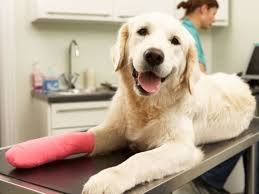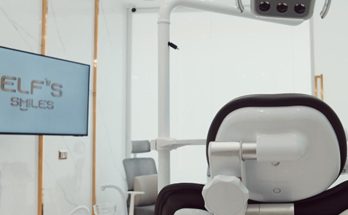Dogs are lively and active animals. In some instances, they develop specific symptoms, such as a limp, knee joint pain, and walking difficulties. It is not a simple bad mood, but it could also be a sign of a serious knee injury. A damaged cranial cruciate ligament (CCL) is a serious problem in dogs. There are two cruciate ligaments in the knee. When the case involves a rupture of the ligament, surgeons may advise TPLO surgery, which can restore normal walking and running ability in your dog. Any pet owner should be more attentive to those details that may indicate a need for surgery. This article will take you through some signs that might require immediate vet assistance and a TPLO surgery dog procedure.
What is TPLO Surgery?
Tibial Plateau Leveling Osteotomy helps stabilize the knee after a dog tears its CCL. Instead of replacing the damaged ligament, the surgeon redirects the orientation of the knee joint by rotating and decimating a section of the shinbone (tibia). This enables the knee to do without the injured ligament.
Early Warning Signs That Require TPLO Surgery in Dogs
As a pet owner, if your dog is inactive and their energy levels are drained, here are some signs to watch for:
Limping on a Back Leg
When you notice that your dog begins limping, particularly one of the hind legs, it may be a torn CCL. The limp does not necessarily indicate the need to have surgery, but it certainly is an indicator that your dog requires a visit to the veterinarian. You may observe:
- Limping immediately after playing or running
- Gradual worsening of the limp over days or weeks
- Holding one leg up when standing
Trouble Maintaining Balance
Dogs with injuries due to CCL may find it challenging to stand up. You can see your dog pushing their front legs or moving the weight of the wounded back leg. This is usually noticeable when your dog has been resting or sleeping.
Less Playtime & Drained Energy
Have you noticed your playful dog has become a couch potato? A dog with injuries does not feel like going out, walking, or playing. If the dog refuses to run or shows less interest in toys and games, it is likely due to discomfort associated with its knees. You might notice:
- Slowing down on walks
- Refusing to jump into the car or onto furniture
- Showing less excitement about daily routines
Feeling Restless After Sleep Or Rest
Dogs who have joint injuries tend to become rigid after they have lain down. This may be a sign of CCL injury in your dog when it initially walks with a wobbly or stiff gait. This form of stiffness will occur at the initial stages of a ligament injury and may progress depending on how long it is left untreated.
Swelling Around the Knee Joint
Swelling or redness near the knee joint area can also cause trouble. You can observe that the knee appears a bit bigger, or you can notice some warmth when you rub the area. Swelling typically occurs with most injuries, but a ligament tear may be an indicator that a visit to a veterinary clinic in Abu Dhabi is necessary.
Shifting Weight to the Front Legs
In case your dog has a painful knee problem, it will attempt to move more of its load onto the front legs because it does not want to use a damaged leg. It may cause shoulder or neck strain over time. You might notice:
- Uneven walking or posture
- Overdeveloped front leg muscles
- Hopping instead of walking normally
Pain or Discomfort When Touched
Dogs will flinch, growl, or even snap when you touch the aching leg or knee. When you try to touch the area gently, and your dog has a different reaction, a checkup becomes necessary. Other dogs will tend to lick or chew on the frustrated knee as well, which is also a definite indication that something is wrong.
read more : Seeing Clearly Again A Homeowner’s Guide to Window Replacement in Stevenage
Conclusion
A limp or slow walk may not be noticed as a big problem, but it may indicate a considerable problem with the knee. However, if you have noticed one or more of the signs mentioned above, then your dog may have a torn CCL. If you are searching for a veterinary clinic in Abu Dhabi, the British Veterinary Centre is available for emergencies with advanced surgical facilities and certified doctors.



